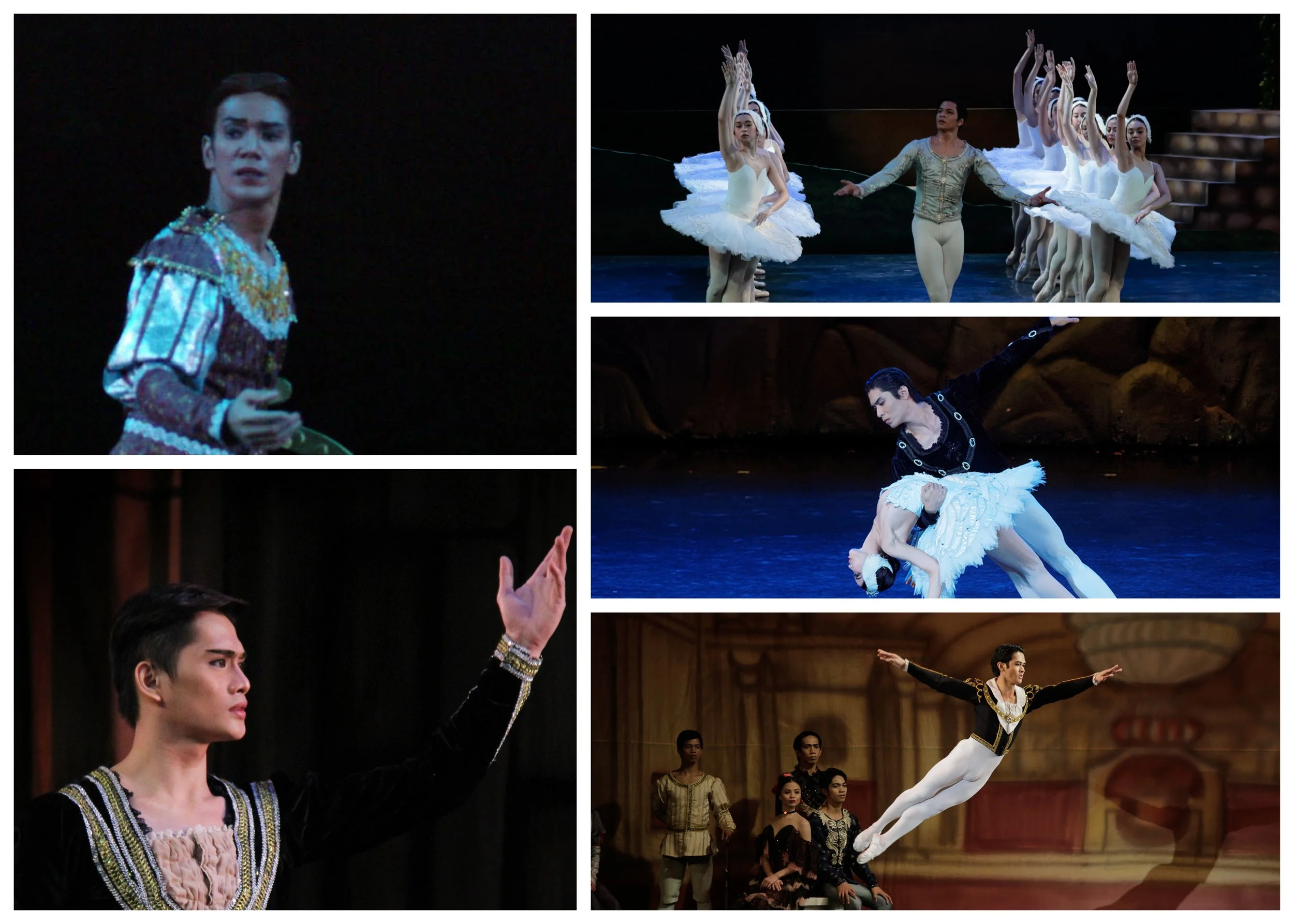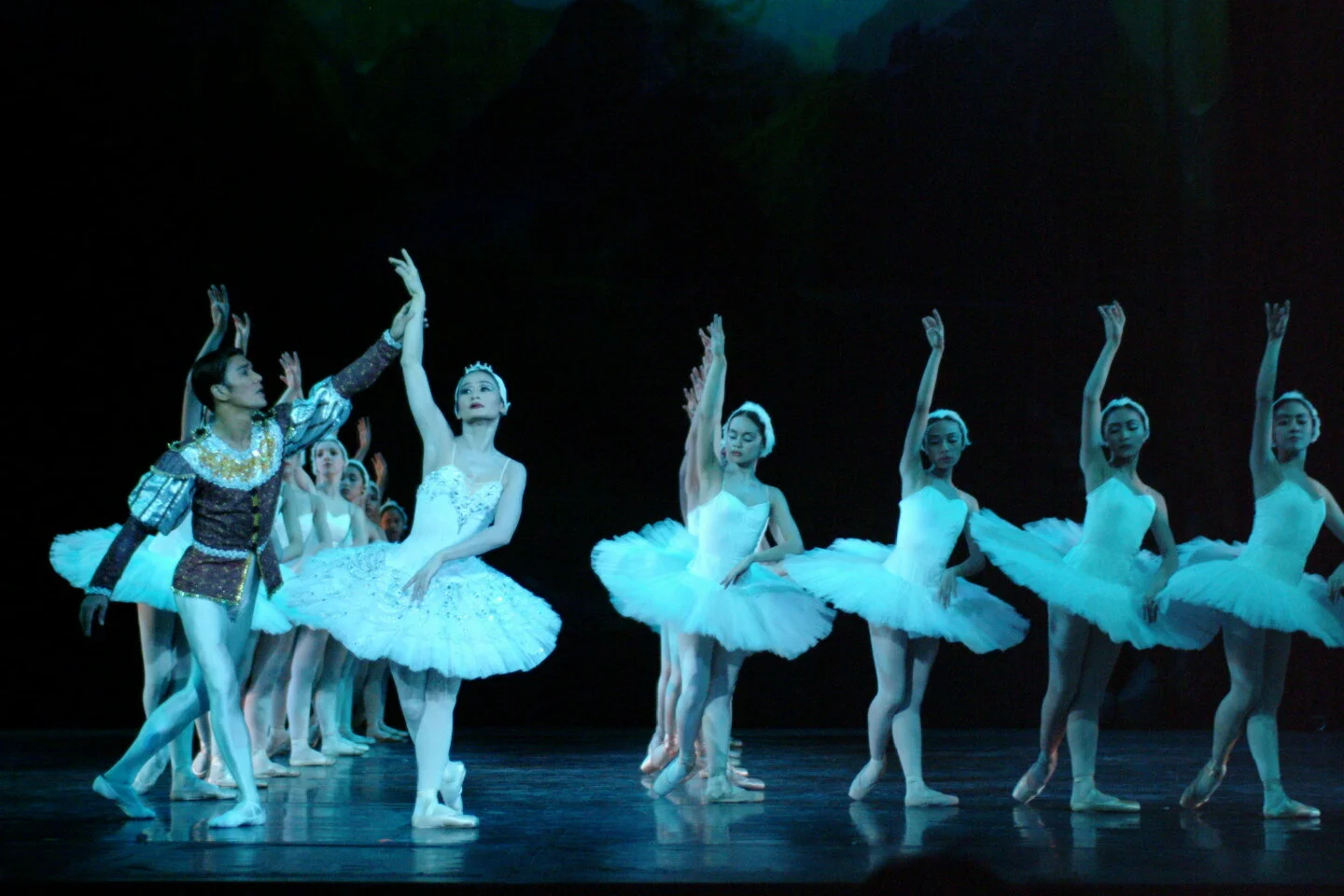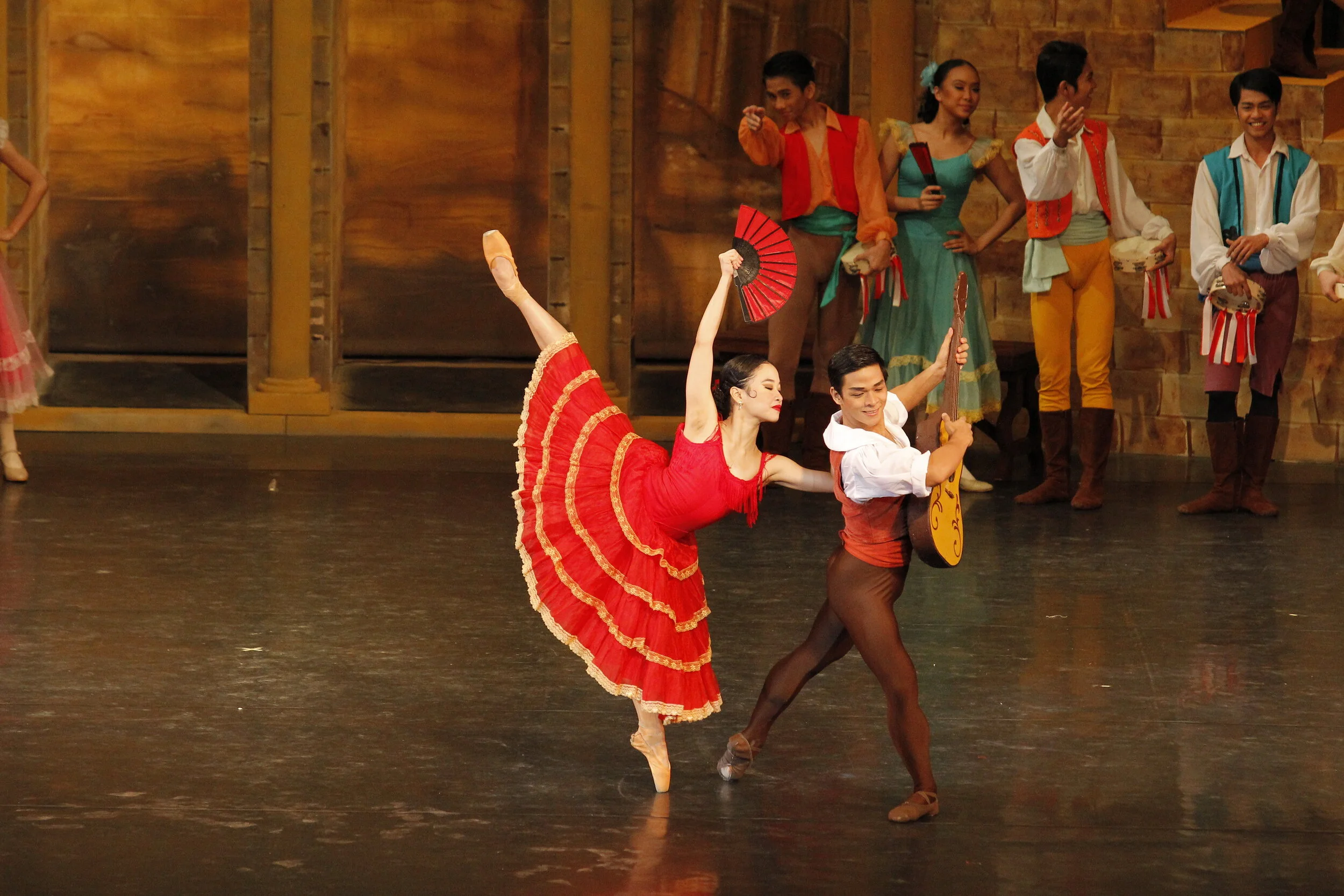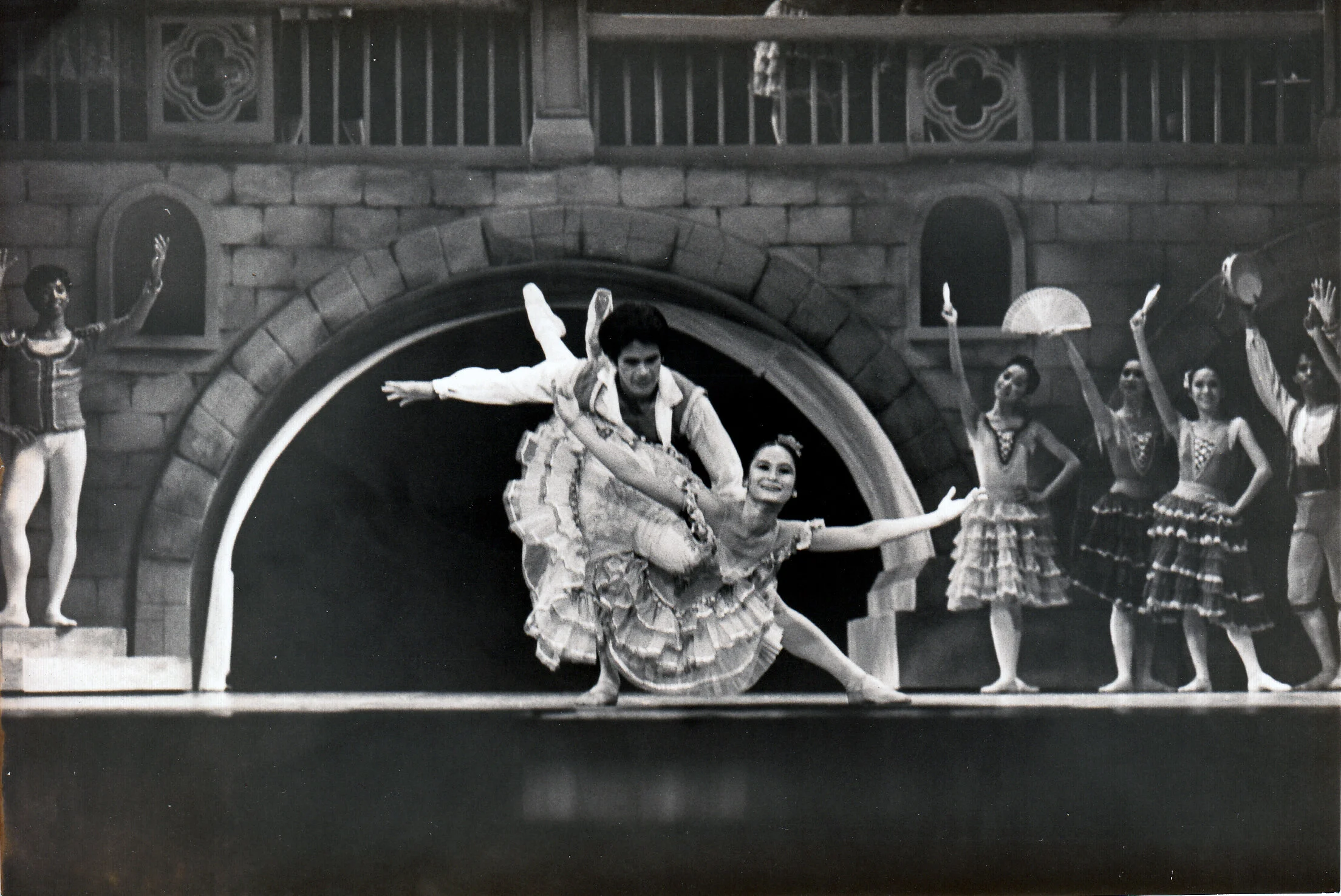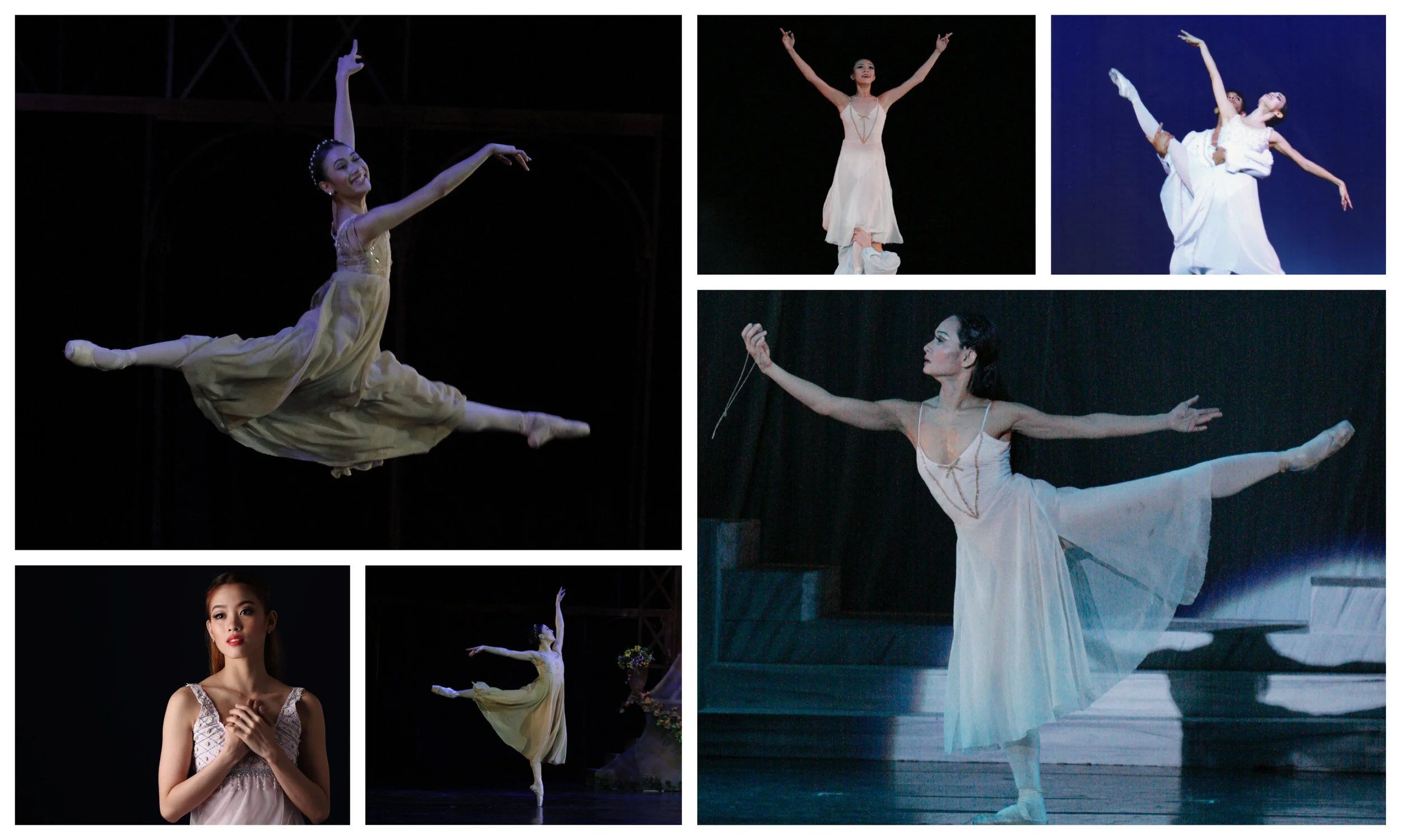All in Spotlight On The Classics
There is a reason why the second act of the ballet Giselle is especially haunting. It is dominated by the wilis.
It is one of the most coveted roles in classical ballet. Very few remember, however, that the male lead of Giselle was originally named Albert, Duke of Silesa, rather than Count Albrecht.
Giselle was a peasant girl enjoying the simple things in life. But the dancer that the ballet was choreographed for was anything but.
One of the most successful Romantic ballets ever to grace the stage, Giselle tells the story of love, loss, forgiveness and redemption that has resonated among balletomanes for over one hundred years.
A damsel in distress who gets kidnapped twice is often the first thought when the ballet Le Corsaire is mentioned. The swashbuckling adventure of pirates and slaves, however, is rumored to have royal roots.
It is this flair for the dramatic that makes Prince Siegfried a much sought-after role among male ballet dancers.
For most ballerinas, dancing one lead role in a full-length production is a major career milestone. But to dance two lead roles in one production is truly an achievement of a lifetime.
While the core of the story may be similar, the libretto of the original ballet version of Swan Lake, however, had twists and turns that were quite different from the tale we know and love today.
All three characters figure prominently in the second act where, after attacking windmills that he mistakes for various monsters, a wounded Don Quixote falls asleep and dreams of his beloved Dulcinea.
Of the many minor characters in the lengthy roster of Don Quixote the ballet, no one heats up the dance floor like Mercedes and Espada do.
A noble man from La Mancha is the unlikely hero in renowned Spanish novelist Miguel de Cervantes’ masterpiece, The Ingenious Gentleman Don Quixote of La Mancha.
But unlike other ballet princes, Basilio was not just a supporting partner to Kitri. He was an equally prominent figure in both the narrative and the choreography.
Fiery, feisty, fierce and playful – these are the oft-repeated adjectives used when describing Kitri, the innkeeper’s daughter who is at the center of the plot of Don Quixote, the ballet.
Literature has proven to be an important source of material for choreographers in creating ballets that can stand the test of time. Of these, Don Quixote is arguably the best example.
The war between the Montagues and the Capulets is the central conflict in William Shakespeare’s Romeo and Juliet.
It is this balance of innocence with a mastery of technique that makes Juliet such a beautiful and difficult role for a ballerina.
For Ballet Manila, co-artistic director Osias “Shaz” Barroso remains the gold standard for the role of Romeo.
Arguably the most romantic tale ever told, William Shakespeare’s Romeo and Juliet has been translated to hundreds of languages and interpreted in all art forms – from visual arts to the opera. Ballet is no exception.






